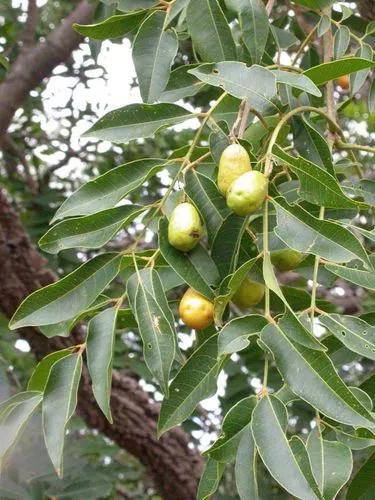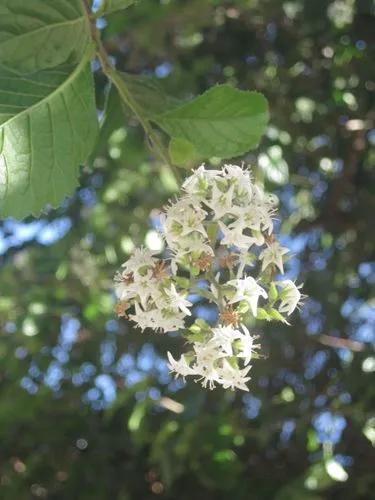Pistachio nuts are getting a lot of press these days. Not only are they the lowest calorie of the nuts, but they are rich in phytosterols, antioxidants, unsaturated fat (the good stuff), carotenoids, vitamins and minerals, fiber and are just plain delicious. If that isn’t enough information to entice one to grow pistachio nut trees, I don’t know what will. There are 11 species of pistachio nut trees with only Pistacia vera being grown commercially. It’s uncertain where pistachio nut trees originated, but possibly in Central Asia. Growing pistachio trees commercially for nut export occurs primarily in Turkey, Iran, Afghanistan, Italy and Syria where the arid climate is optimal for growth.
Pistachio Care
Pistacia Vera



How to Care for the Plant

Water

Deep water once every 7-10 days in spring and summer until harvest is over. Deep water once a month in winter.

Fertilizer

Use organic fertilizer every month from early spring to mid summer.

Sunlight

Full sun.

Soil

Very well draining, deep, dry, sandy loam with a high calcium carbonate content, pH 7.0-7.8 (neutral to slightly alkaline). This tree is very tolerant of salinity and boron.

Temperature

Pistachio trees need a long, hot, dry summer and a moderately cold winter. The standard rootstock should not be exposed to temperatures below 10°F. Summer humidity results in extensive fungal disease and poor quality seeds.

Popularity

272 people already have this plant 32 people have added this plant to their wishlists
Discover more plants with the list below
Popular articles






